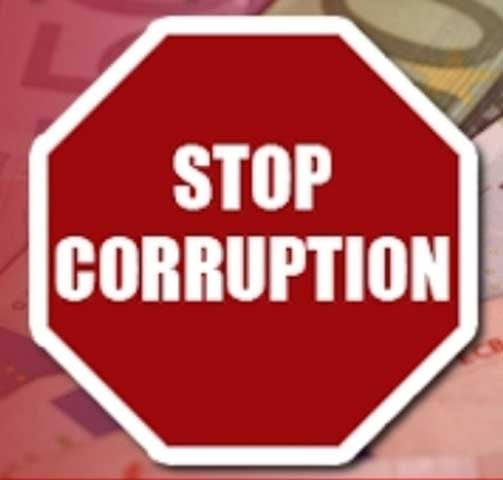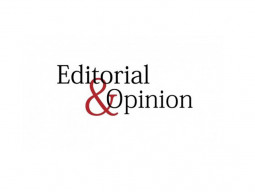
It is not surprising that land administration is the first among the perceived culprits. It is vastly the domain of the provinces where the politician has yet to begin to take responsibility for sorting-out maintenance and collection. Land record is still in primitive shape and the low bureaucracy that handles the sector is not upgraded and made competitive. Most of the trouble takes place away from the big cities because the writ of the state languishes in smaller districts and abdicates to three power centres: the feudal landlord (often a politician), the police and the judiciary. It will take a long time to sort-out this mess and it will not happen at the same speed in all the provinces. The police has endemic ills that most states in the Third World have failed to tackle. The recruitment of policemen has been pegged to good education only recently, but the provinces — whose domain this is — have been remiss in making the kind of allocations needed to upgrade the institution’s performance. The ratio of policemen to population is abysmal, training standards — though imitative of the army — are nowhere near being practically useful and low status has kept the average policeman tied to slavish behaviour towards the seniors and a brutish one towards the common man.
But the police may not be intrinsically as bad as the circumstances of its functioning make it. State policies favouring non-state actors involved in terrorism on the side have hamstrung the police. Unwillingness to prosecute has instilled in the department a habit of not trying too hard to convict, say, terrorists from a shady jihadi organisation simply because it is being clandestinely supported by the state. Because of this ambience of state-backed criminality, many policemen themselves indulge in crime and get away with it. Many senior policemen live beyond their means and own properties they could not have bought with honest money. As for the tax administration, if one were to look at the statistics, things may be getting better — and that is why it is no longer number one in corruption. Pakistan’s revenue collection is one of the lowest in the world (with the tax-collection machinery believed to be riddled with corruption and inefficiency) and that impacts directly the capacity of the state to spend on development. The reigning theory is to erect a system in which the income tax officer comes into least contact with the taxpayer.
Transparency has pinpointed the ills in the judiciary which is headed today by a universally recognised independent Supreme Court. The latest diagnosis of inefficiency as reflected in the backlogs is owed to the clash between the judiciary and the executive which the report exemplifies by saying that “26 of 40 posts of judges were vacant in the Sindh High Court”. The apex court has gone activist and uses its suo motu jurisdiction against a government that is already trapped in an unstable situation. Some advise judicial restraint, given the fact that the entire state structure is threatened by terrorism and its effect on the functionaries.
Today, the perception index of corruption is, in fact, an index of how well the state is holding up. Image is everything. Since the 1990s, the world has been seeing Pakistan as a failing or a failed state. Next door, in Afghanistan, the state was always partially dysfunctional and there was only a blurred line differentiating between what was legal and illegal: today as the Americans make ready to leave, Afghanistan’s most glaring indicator of its failure is corruption. One hopes that Pakistan, not in the best of states, doesn’t go Afghanistan’s way.
Published in The Express Tribune, December 31st, 2011.













COMMENTS
Comments are moderated and generally will be posted if they are on-topic and not abusive.
For more information, please see our Comments FAQ